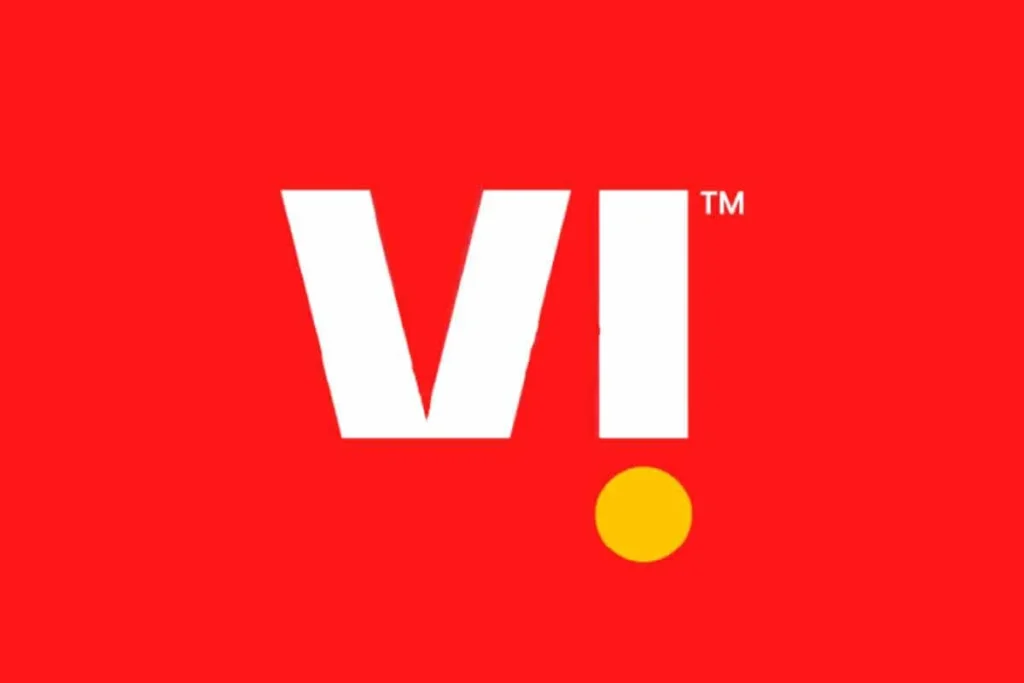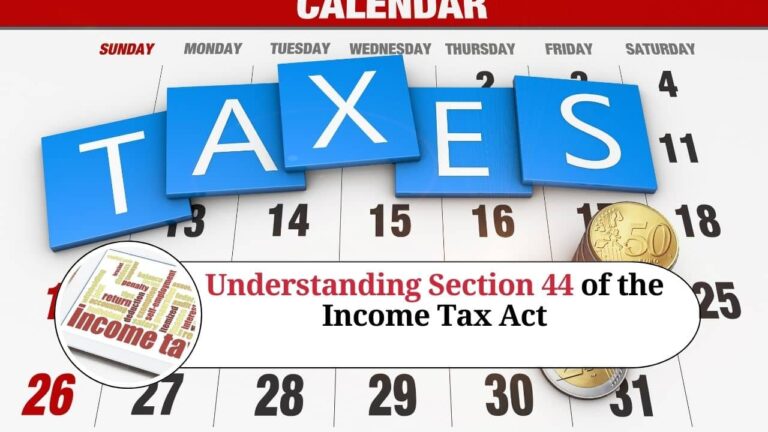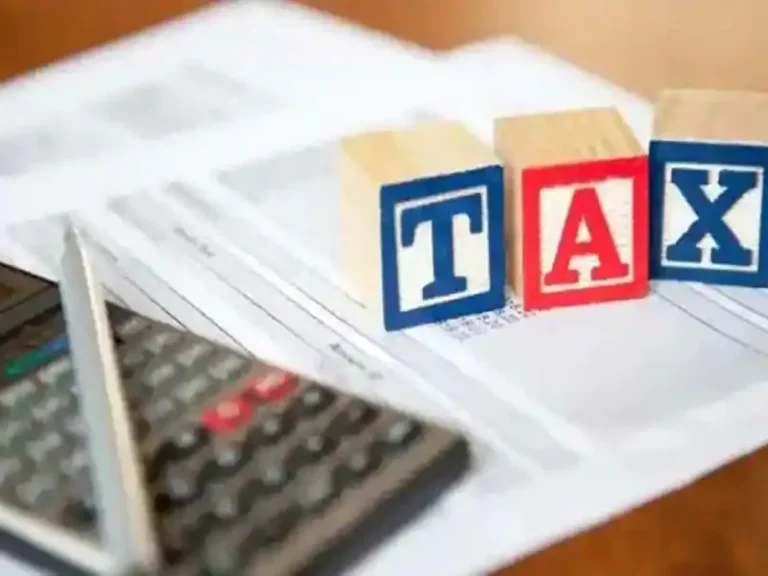In recent news, Power Finance Corporation (PFC) and its subsidiary Rural Electrification Corporation (REC) declined a long-term loan request from Vodafone Idea (Vi), one of India’s major telecom operators, citing a mismatch in collateral and securities offered. This decision has not only put a spotlight on Vi’s financial strategy but also highlighted the risk assessment frameworks followed by prominent lending institutions in India.
At the same time, the Indian government, in collaboration with the Reserve Bank of India (RBI), is making strides to introduce a collateral-free loan scheme targeted at SMEs and e-commerce exporters. Let’s delve into the details of these developments and understand their broader implications.
Why PFC and REC Rejected Vodafone Idea’s Loan Proposal
Vodafone Idea (Vi) approached PFC and REC for a significant loan amount to fuel its capital expenditure (capex) and strengthen its competitive edge. The telecom giant requested loans amounting to approximately ₹25,000 crore, coupled with additional bank guarantees of around ₹10,000 crore. However, PFC and REC, both government-backed entities specializing in power-sector financing, turned down Vi’s request.

Key Reasons for Rejection:
- Collateral and Security Concerns: PFC and REC expressed discomfort with the security and collateral Vi proposed, suggesting that it didn’t align with their stringent underwriting guidelines.
- Internal Risk Assessment: Vivek Kumar Dewangan, chairman of REC, stated that the proposed loan structure did not meet the company’s internal assessment and underwriting standards.
- Demand for Extra Corporate Guarantees: For any reconsideration, Vi would need to furnish additional guarantees to mitigate the risk associated with default, a move aimed at shielding these lenders from potential financial repercussions.
Given the high debt levels Vodafone Idea is currently managing, this rejection could hamper its capital expenditure plans, leaving it vulnerable in the intensely competitive telecom sector, where giants like Reliance Jio and Bharti Airtel lead the market. This decision has sparked discussions around the need for robust collateral and risk mitigation in high-stake financing deals.
Government Introduces a New Collateral-Free Loan Scheme for SMEs and E-Commerce Exporters
While Vodafone Idea’s case reveals the challenges in corporate financing, the Indian government, alongside RBI, is planning to roll out a pre-shipment collateral-free loan scheme. This initiative is primarily aimed at small and medium enterprises (SMEs) and e-commerce exporters, sectors that have increasingly found it difficult to access credit.
Objectives of the Collateral-Free Loan Scheme:
- Supporting Export Growth: As India aims for $2 trillion in exports by 2030, SMEs and e-commerce exporters will play a crucial role. This scheme seeks to cover costs associated with raw materials, labor, manufacturing, and packaging prior to shipment.
- Access to Working Capital: By providing collateral-free financing based on an exporter’s track record, the government aims to support exporters who struggle to secure loans due to the high collateral requirements typically demanded by banks.
- Reducing Interest Rates: The scheme is expected to reduce borrowing costs for SMEs, making credit more accessible and affordable for this high-potential sector.
Why the Collateral-Free Scheme is Significant for SMEs & E-Commerce Exporters
SMEs and e-commerce exporters contribute significantly to India’s economy, yet they often encounter higher interest rates and collateral requirements that restrict their growth. Currently, formal credit sources meet only 10% of the credit needs of SMEs, leaving a considerable gap. By introducing a collateral-free loan scheme, the government aims to bridge this financing divide, providing SMEs with essential support as they contribute to India’s ambitious export goals.
Benefits for SMEs:
- Enhanced Cash Flow: The scheme provides easier access to working capital, supporting business continuity and expansion.
- Reduced Dependence on Traditional Collateral: Most banks require physical assets as collateral, but with this scheme, SMEs and e-commerce exporters can receive loans based on their business track record, making it easier for them to secure funds.
- Encouraging Export Competitiveness: With affordable financing, exporters can be more competitive globally, increasing India’s share in international markets.
FAQs
1. Why did PFC and REC reject Vodafone Idea’s loan proposal?
- PFC and REC rejected Vodafone Idea’s loan proposal due to concerns over collateral and guarantees provided. The proposal didn’t meet the internal assessment criteria and underwriting guidelines, prompting the lenders to request additional corporate guarantees, which Vi was unable to provide at this stage.
2. How does this loan rejection impact Vodafone Idea’s business?
- The loan rejection poses challenges for Vodafone Idea’s capital expenditure plans, making it more difficult for the telecom operator to compete with industry giants. Without the loan, Vi may need to explore alternative financing options to maintain its market position.
3. What is the new collateral-free loan scheme for SMEs and e-commerce exporters?
- The Indian government, in collaboration with RBI, is introducing a collateral-free loan scheme for SMEs and e-commerce exporters. This scheme will provide pre-shipment financing based on the exporter’s track record, reducing dependency on traditional collateral and enhancing access to working capital.
4. Who can benefit from the collateral-free loan scheme?
- This scheme primarily benefits SMEs and e-commerce exporters who need pre-shipment financing for raw materials, labor, manufacturing, and packaging. It is intended to make financing more accessible for these sectors, which are key contributors to India’s export economy.
5. How will the collateral-free loan scheme impact SMEs and exporters?
- By reducing interest rates and waiving collateral requirements, this scheme aims to ease cash flow challenges, support business expansion, and improve the global competitiveness of SMEs and exporters, contributing to India’s export targets for 2030.
Conclusion
The rejection of Vodafone Idea’s loan request by PFC and REC illustrates the challenges large corporations face in securing funding when internal guidelines and risk factors come into play. In contrast, the government’s upcoming collateral-free loan scheme for SMEs and e-commerce exporters is a timely initiative to bolster India’s export landscape and support businesses that drive economic growth.
For Vodafone Idea, finding alternative financing solutions will be essential to remain competitive, while SMEs and e-commerce exporters can look forward to more accessible funding options that reduce dependency on traditional collateral. These developments underline the evolving landscape of corporate and export financing in India, highlighting the role of innovation and risk management in sustaining growth.



